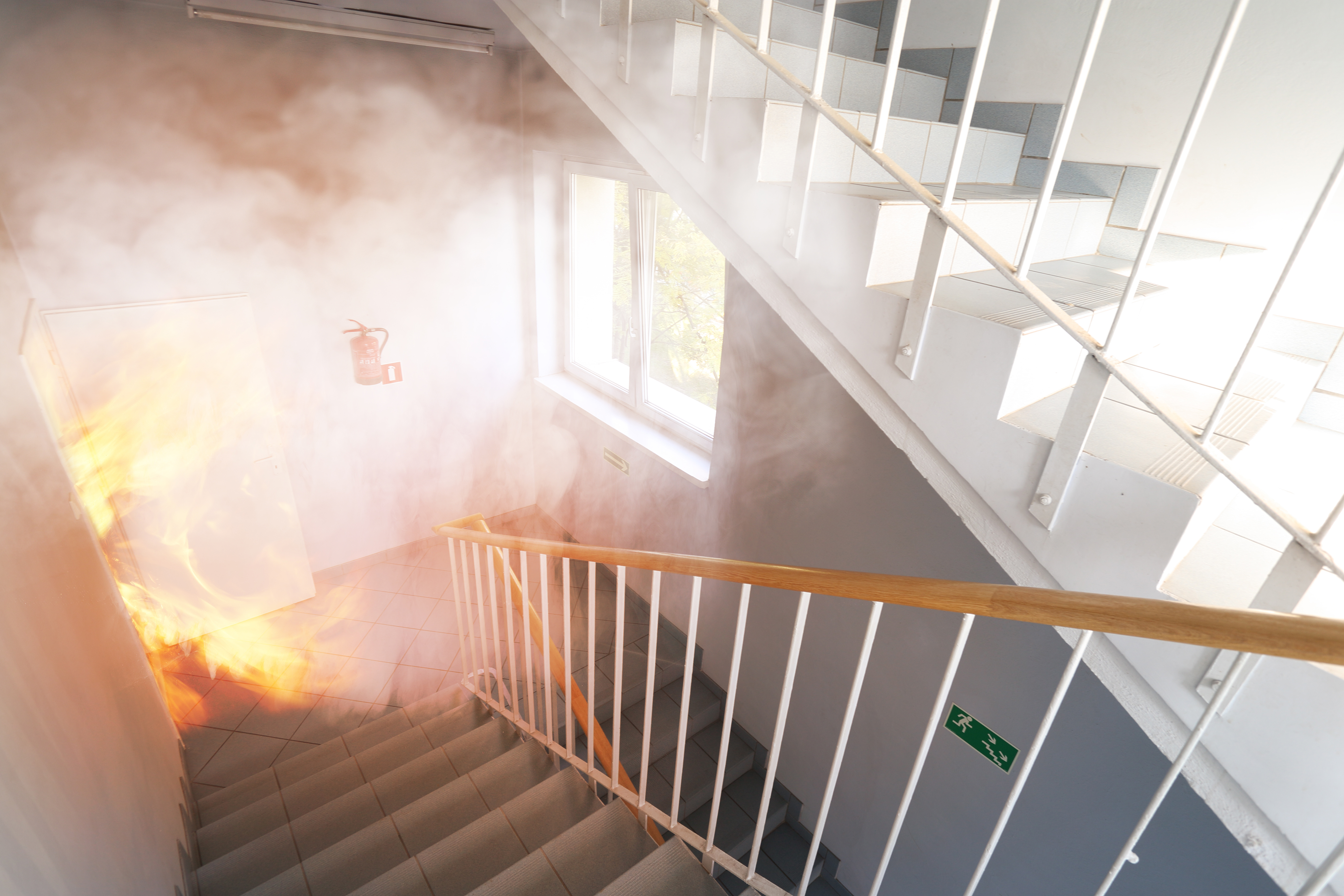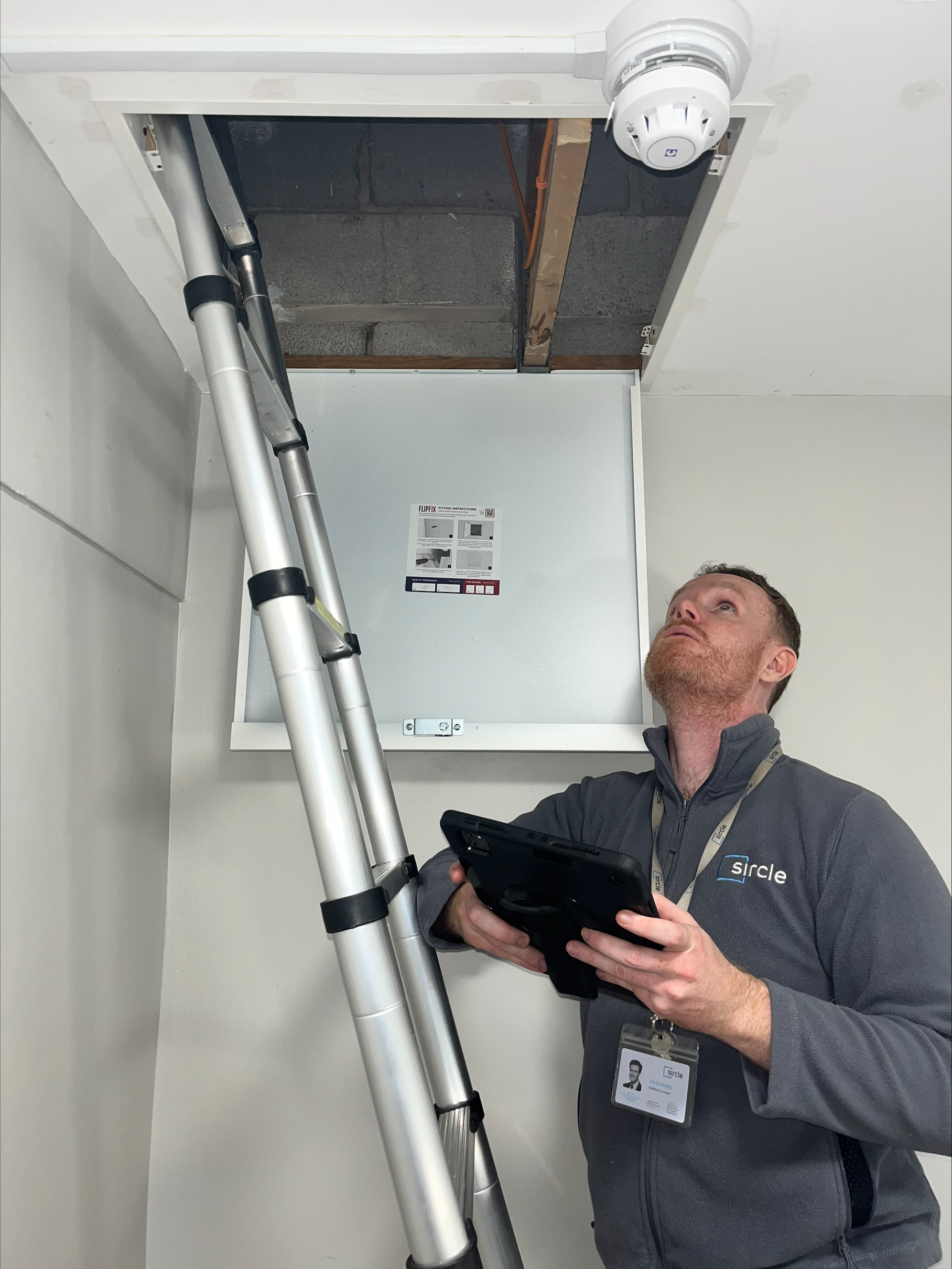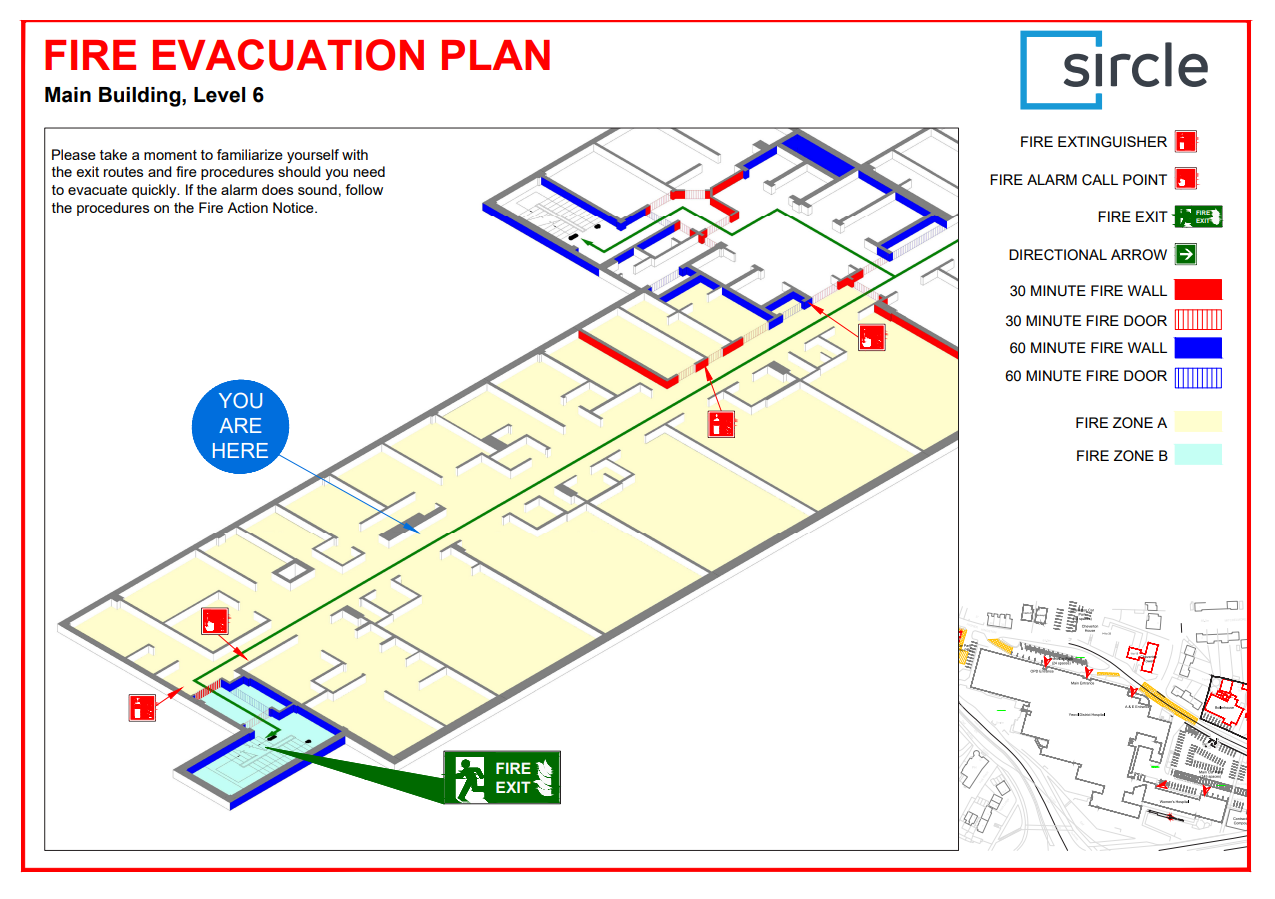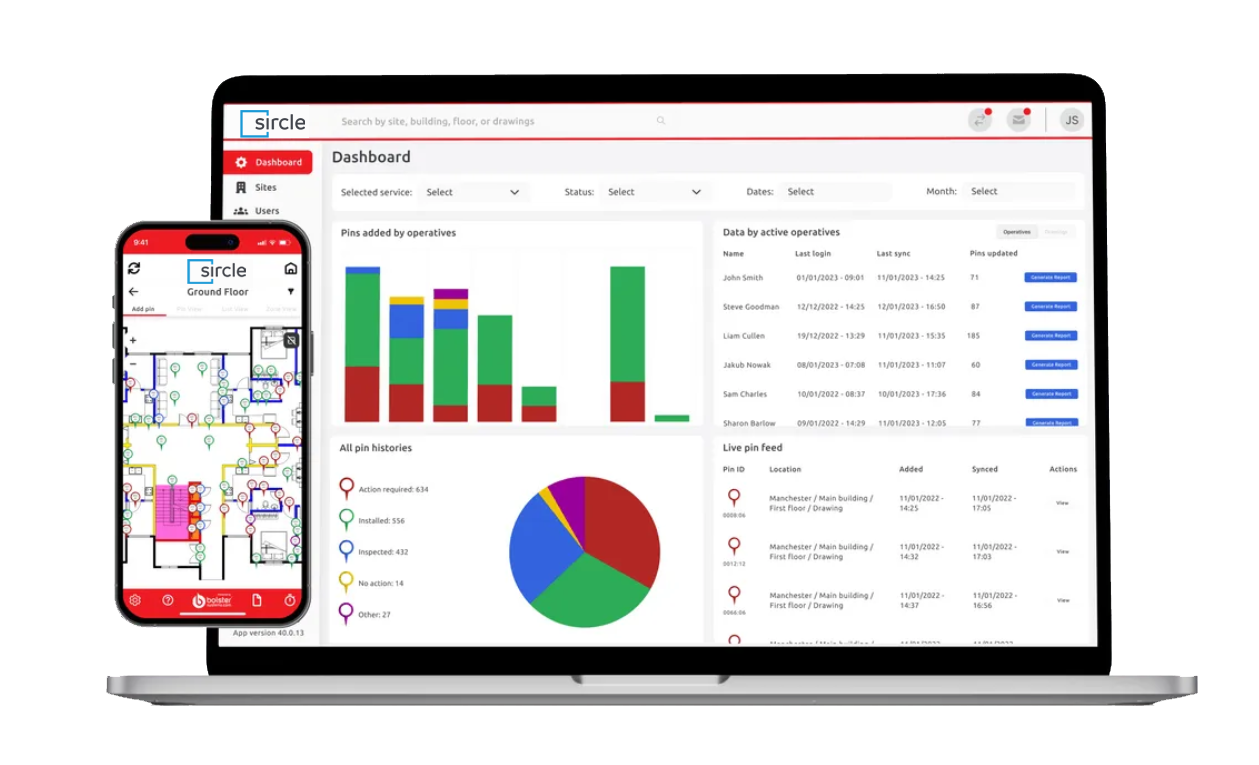
The Crucial Role of Fire Compartmentation Surveys
Why having a fire compartmentation survey is so vital

A fire compartmentation survey is a detailed inspection that assesses the condition and effectiveness of a building’s passive fire protection measures. These measures are designed to limit the spread of fire and smoke by dividing the building into manageable sections or “compartments.”
Key structural elements that typically require fire resistance include walls, floors, doors, glazing systems, and any openings where services pass through fire-rated construction. Ensuring these components are properly installed and maintained is crucial for building safety.
Compartmentation plays a vital role in supporting a safe evacuation strategy and protecting occupants during a fire. Regular surveys help identify any deficiencies or breaches in fire barriers, supporting compliance with fire safety regulations such as the Regulatory Reform (Fire Safety) Order 2005.

At Sircle we have both specialist compartmentation surveyors and qualified building surveyors with training in fire stopping and fire door inspections. This unique combination of construction knowledge and fire safety expertise allows us to deliver risk-prioritised, practical recommendations tailored to the specific needs of your premises.
We assess not just the presence of fire protection measures, but also their criticality—considering factors such as occupancy types, fire evacuation strategies, and the role of key elements like fire doors. Our approach ensures that remedial actions are guided by urgency and impact, helping you make informed decisions.
Using advanced, intuitive software, we efficiently collect and present detailed survey data—making it easier for you to understand findings, plan next steps, and stay compliant.
Examples of Sircle’s experience of conducting Fire Compartmentation Surveys.

A Sircle Fire Safety Surveyor accessing a roof space of a social housing complex.

An example of a fire evacuation plan created by Sircle.

An example of a breakdown of findings from a compartmentation survey.
There’s no one-size-fits-all answer, but surveys should be carried out regularly, particularly after building alterations, refurbishments, or changes in occupancy. It’s also recommended to follow with a fire risk assessment that identifies potential issues with passive fire protection.
